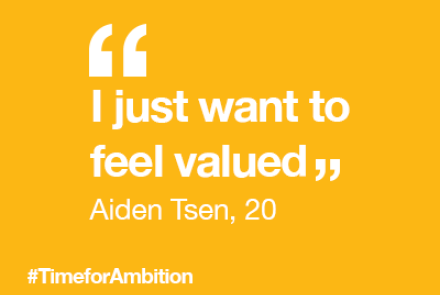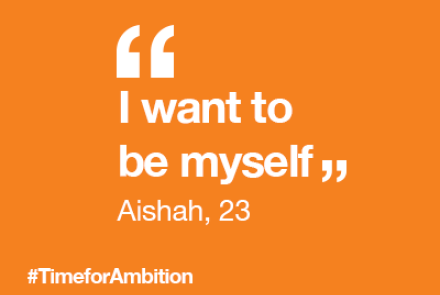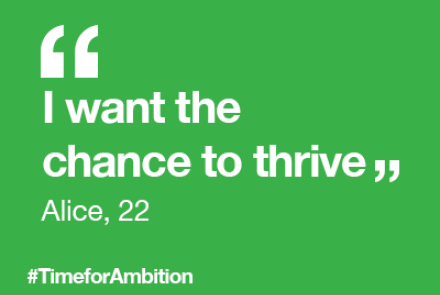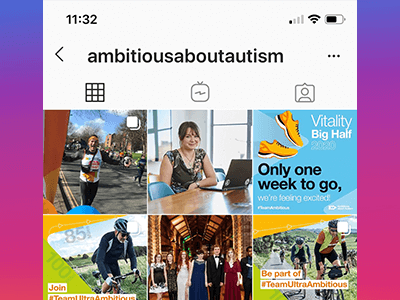Explaining racism to children and young people with autism
Although, race, identity and privilege affect people every day, it can seem like a difficult topic to talk about with a child or young person. Our advice can support conversations about racism with all children and young people.
Talk about it honestly
No one is too young to learn about racial inequality and it’s incredibly important that you don’t avoid the topic. Autistic people can process and communicate in different ways compared non-autistic people. Sometimes tone and phrases can be easily misunderstood. So, it's important you talk about these issues clearly so that young people can understand what racism is and the impact it has.
Helping young people to understand the topic means they can process and communicate. You can bring diversity into lots of different conversations. You can support the conversations with resources and videos of people talking about their experiences of racism in Britain, this will help bring context to your young person with autism.
Be prepared for the difficult questions
There are lots of resources that can support parents to understand the different elements of racism, identity and privilege. Any child or young people can ask difficult questions, so it’s better to be prepared for them. Some issues are very complex, so reiterating them in a way that’s most appropriate for your autistic child is vital. You can use examples or talk about something they might have experienced or seen. For larger topics, lots of small conversations or spending more time over a longer period might be beneficial to understanding.
Don’t be afraid if your child says the wrong thing
Autistic people often have a very literal way of thinking. If you’re in public and your child or young person says the wrong thing, don’t hush them and silence their misunderstanding. Take this opportunity to talk about race. Teach them about their misconception and why what they said is inappropriate or offensive.
Think consciously about bringing in an awareness of diversity
Recognising difference and using opportunities to bring in more diversity awareness will help your child to understand race, identity and privilege. You could watch films with all black casts or suggest books by non-white authors.
Be anti-racist
Many people are non-racist. Go one step further and be anti-racist. This means being active in your response to racism and speaking out against racial injustice. Set an example for your child or young person about how to appropriately stand up against racism.
Provide a safe space for your child to share how they feel
Discussing these issues can cause worry and anxiety for everyone. Some people will feel very confident sharing how they feel whereas others may want a safe space to discuss their feelings and experiences openly. You can build their confidence by listening closely and supporting them to understand why they may feel that way. To end the discussion reassure them of their own safety with you.
Our signposting resource has more information about understanding race and racism for everyone in the family.












